[Death-camas: The Genera Anticlea and Toxicoscordion East of the Cascade Mountains of Oregon and Washington]
Foothill Death Camas, Panicled Deathcamas, Panicled Death Camas, Panicled Death-camas, Panicled Zigadenus, Sand Corn
Toxicoscordion paniculatum
Synonyms: Helonias paniculatus, Zigadenus paniculatus
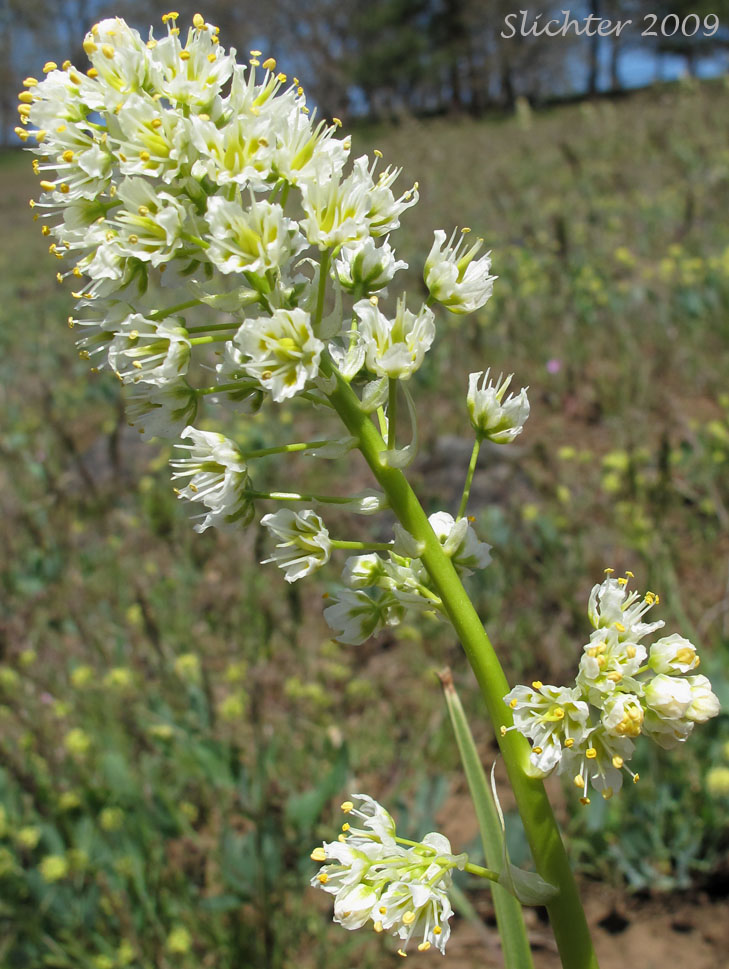 -
- 
A close-upat left of the inflorescence of panicled death-camas as seen on steep slopes along Canyon Creek in the Klickitat State Wildlife Area of south-central Washington..........May 8, 2009. The photo at right shows a panicled death-camas beginning to bloom in a swale about one-third of a mile west of Tumwater Butte in the Simcoe Mountains Unit of the Klickitat Wildlife Area......May 1, 2022.
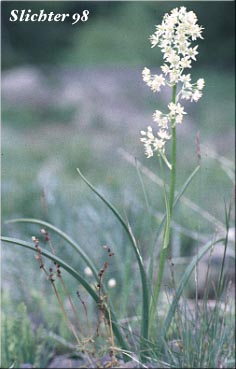 Photo
at right of panicled death camas from Reecer Creek Road, Wenatchee N.F.........June
22, 1997.
Photo
at right of panicled death camas from Reecer Creek Road, Wenatchee N.F.........June
22, 1997.
Characteristics:
Panicled death camas is a beautiful but deadly lily. It is typically
a single stout stem arising from 30 to 50 cm from a tunicated, ovoid bulb from
3-4 cm long. The linear leaves have parallel venation and are on the stem, but
located close to the base. Those leaves found higher on the stem are much reduced
in size. The longest leaves are 15 to 40 cm long and 3 to 12 mm wide.
The inflorescence is paniculate, although the upper flowers
may be racemose. This means the lower panicles are clusters of flowers coming
off the stem, while the upper racemes would consist of single flowers coming
off the stem. The inflorescence is much longer than in the similar Zigadenus
venenosus, ranging from 10 to 30 cm in length. The tepals are white
or cream color, 4-5 mm long and broadly ovate in shape with ovate glands. The
flowers are mostly perfect, although occasionally the lower flowers may only
be staminate.
As mentioned above, this plant is deadly to ingest. It is sometimes
found interspersed with the edible camas, and native tribes often removed it
from the camas beds while both were in bloom, as the bulbs of both are similar.
Habitat:
Panicled death-camas may be found in sandy or rocky areas to
meadows, often interspersed with sagebrush.
Range:
Panicled death-camas is common from the Pacific Coast inland
to the Great Plains, north into British Columbia, and south to Baja California.
The photo at left shows a close-up of the panicled inflorescence of panicled death camas. Note that the lower branches of the inflorescence end in clusters of 3-5 or more flowers, while the upper branches bear only a single flower at their tip.......June 13, 2005. The photo at center shows panicled death camas blooming on vernally moist balds at Brooks Memorial State Park off US 97 near Satus Pass.......May 13, 2019. The photo at right shows panicled death camas in bloom in scablands on BLM lands along Box Canyon Road about one-third of a mile east of the gated trailhead, north-central Klickitat County, WA.....May 22, 2022.
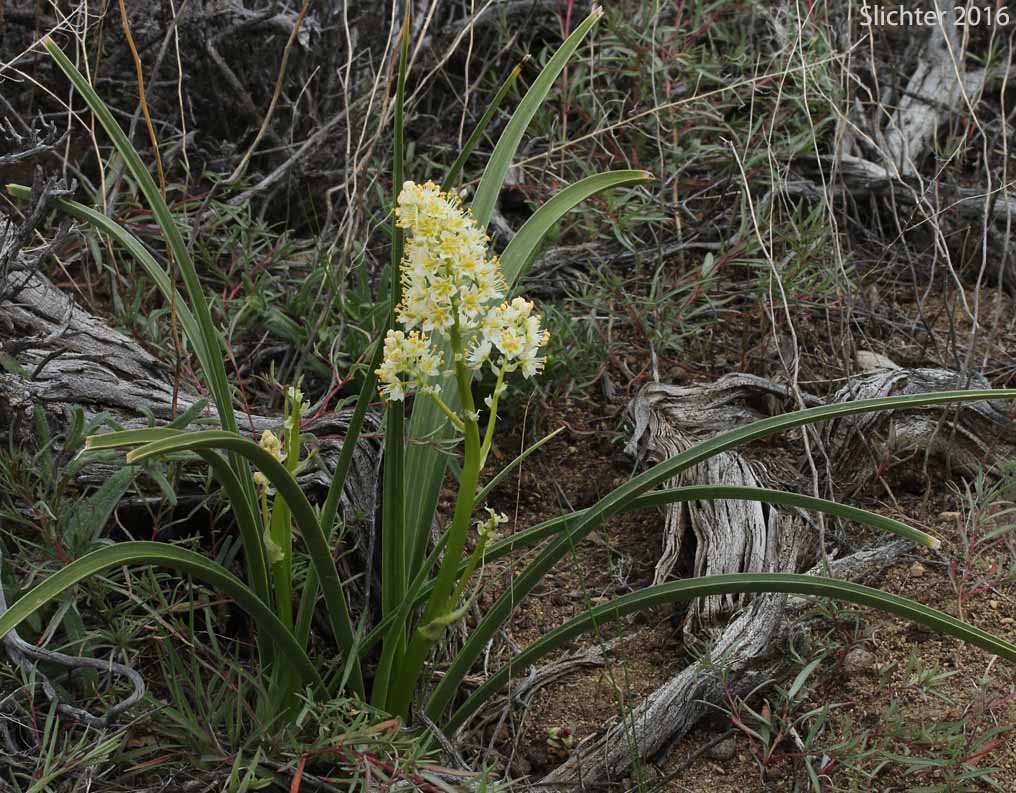 -
- 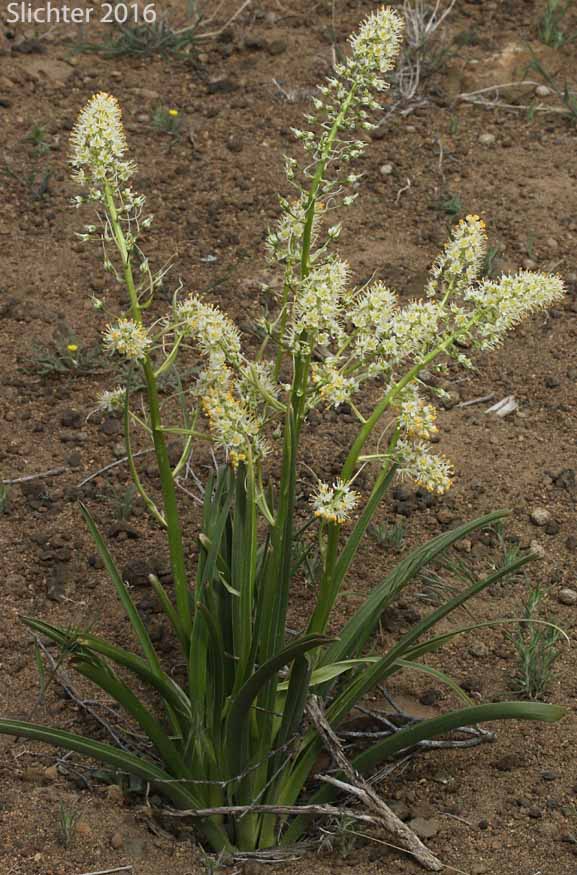 -
- 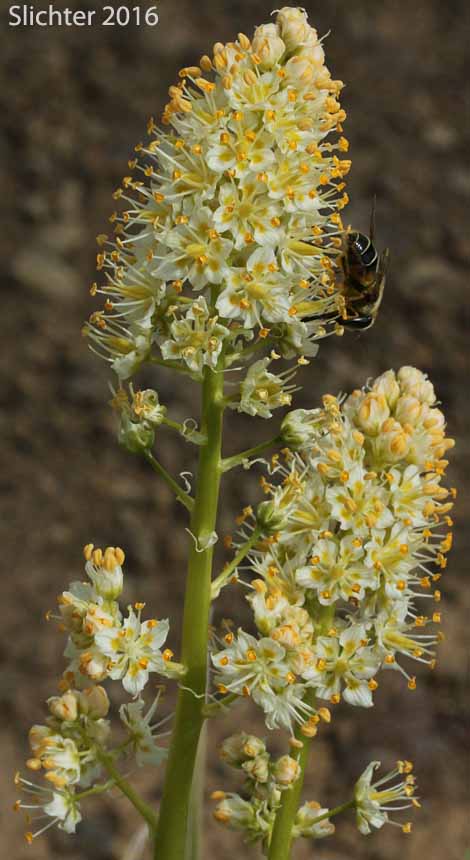
 -
- 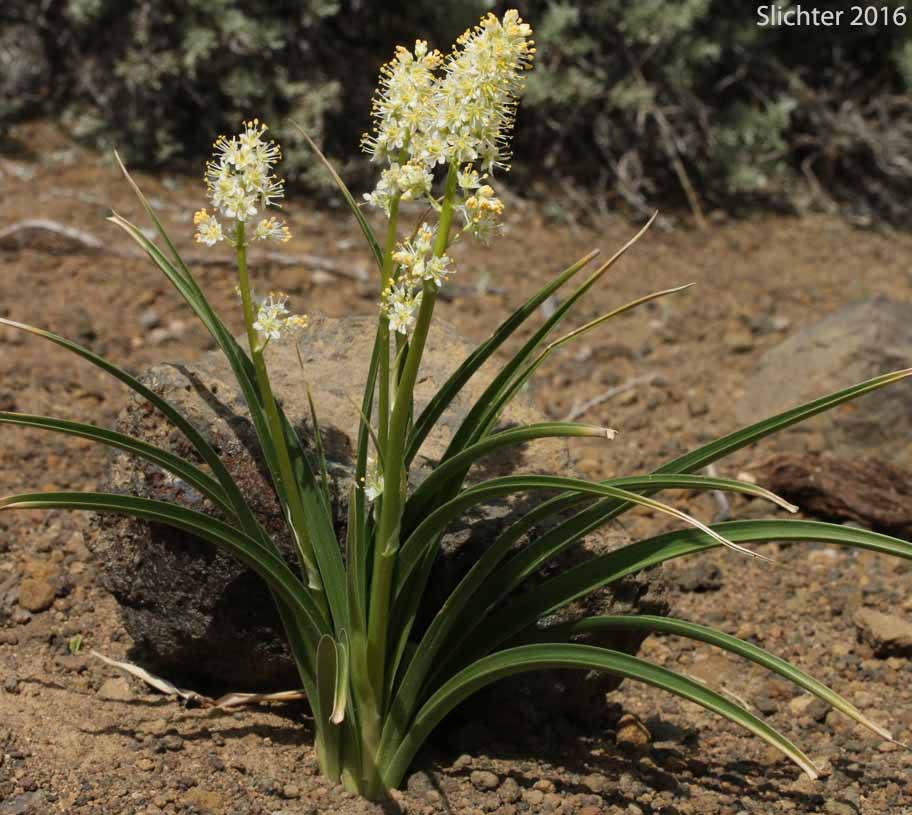 -
- 
Panicled death camas as seen on sand and gravel substrates at Fort Rock State Park, Lake County, Oregon.........May 18, 2016.
 -
- 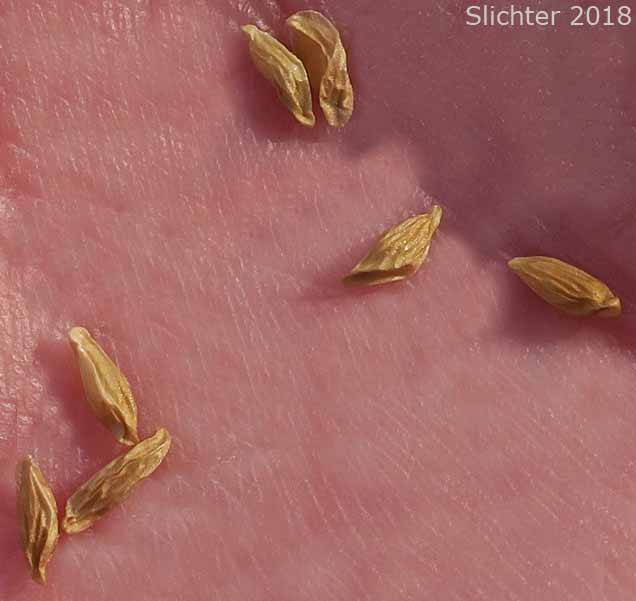
Mature seed heads and seeds of panicled death camas as seen at Brooks Memorial State Park.......October 10, 2018.
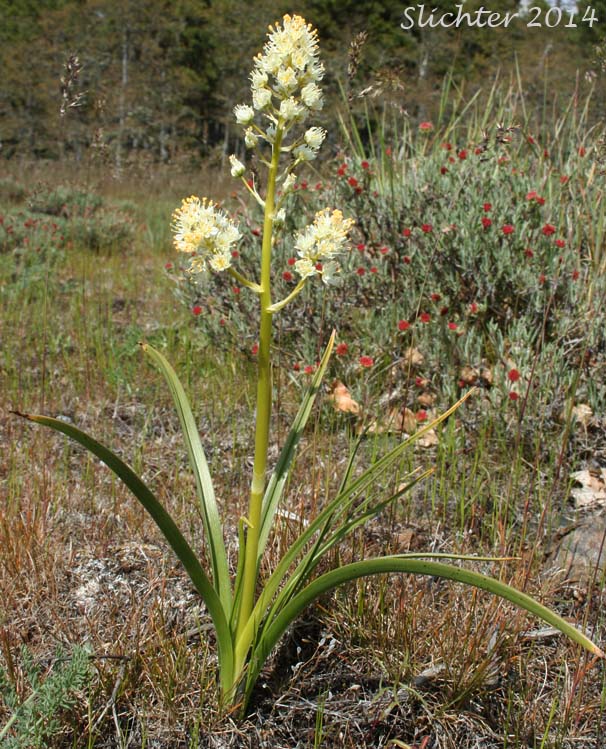 -
- 
The photo at left shows panicled deathcamas in vernally moist meadows at Brooks Memorial State Park near Satus Pass, Washington...........May 11, 2014. The photo at right shows panicled deathcamas along FS Road #2230 between Mount Pisgah and East Point, Ochoco National Forest.........June 13, 2015.
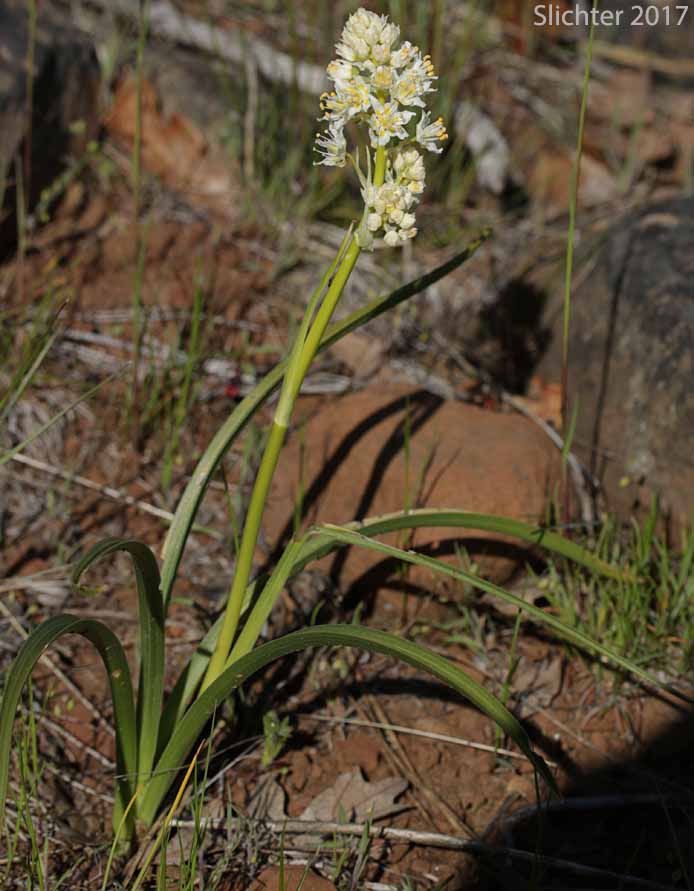 -
- 
A panicled deathcamas in bloom at left on Bickleton Ridge, Simcoe Mountains Unit of the Klickitat Wildlife Area to the northwest of Bickleton, WA........May 7, 2017. The photo at right shows panicled deathcamas blooming in grasslands along the Alder Springs Trail #855, Crooked River National Grasslands........May 11, 2018.
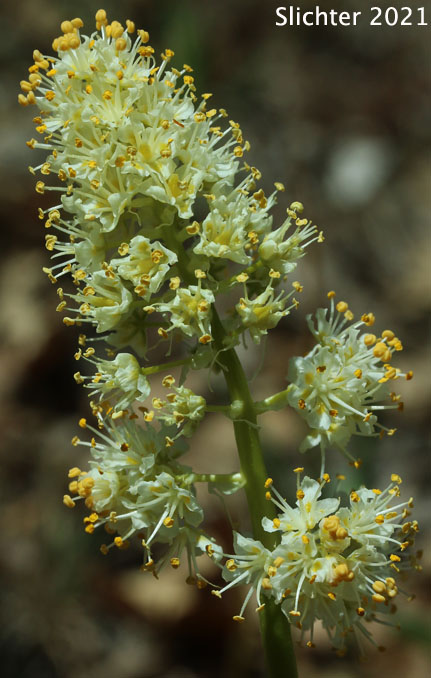 -
- 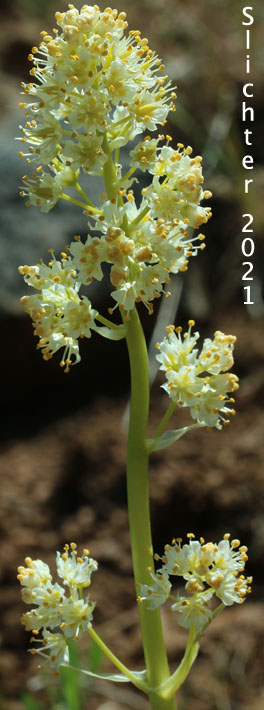
Two close-up views of the inflorescence of panicled deathcamas as seen at Brooks Memorial State Park, Klickitat County, WA.....May 4, 2021.
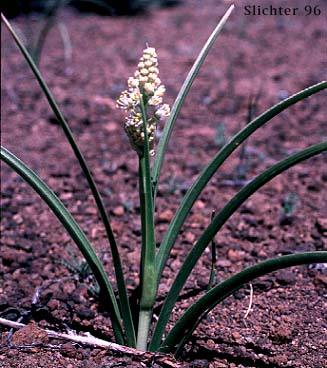 -
- 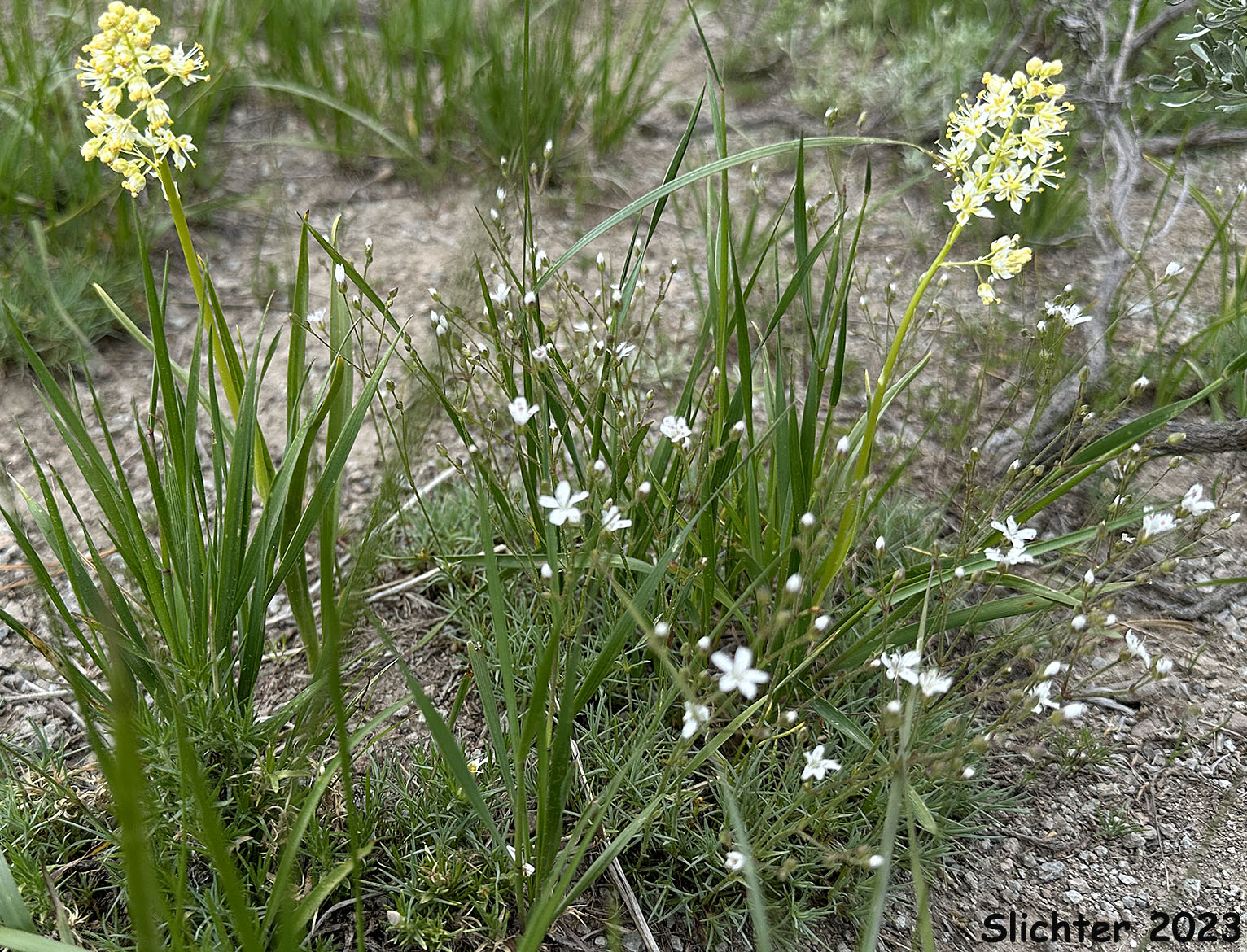
Panicled death-camas as seen from Fort Rock State Natural Area........May 25, 1996. The photo at right shows panicled death-camas as seen in grasslands with prickly sandwort (Eremogone aculeata) along the Bullrun Trail #1961, Monument Rock Wilderness.....July 9, 2023.
Paul Slichter
 Photo
at right of panicled death camas from Reecer Creek Road, Wenatchee N.F.........June
22, 1997.
Photo
at right of panicled death camas from Reecer Creek Road, Wenatchee N.F.........June
22, 1997.